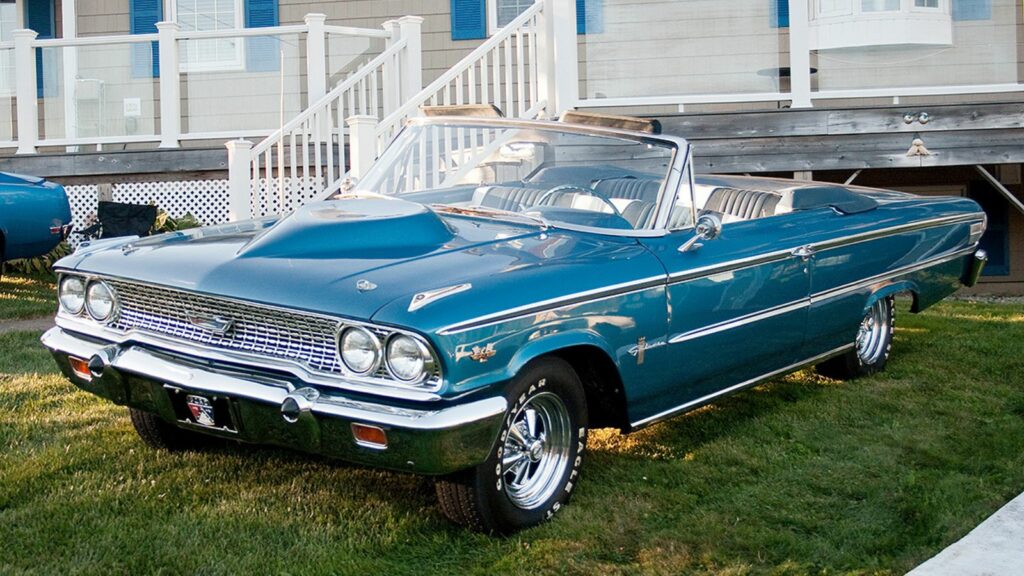The muscle car era is defined by speed, style, and above all, displacement. Big block V8s were the crown jewels of Detroit’s golden years massive engines that delivered brutal torque, quarter mile dominance, and enough exhaust rumble to rattle windows. But where did it all begin? Which cars were the first to carry these legendary engines and create the template for the muscle car? Let’s take a deeper dive into the earliest big block icons, their performance, and what collectors pay for them today.
Chevrolet Impala SS 409 (1961)
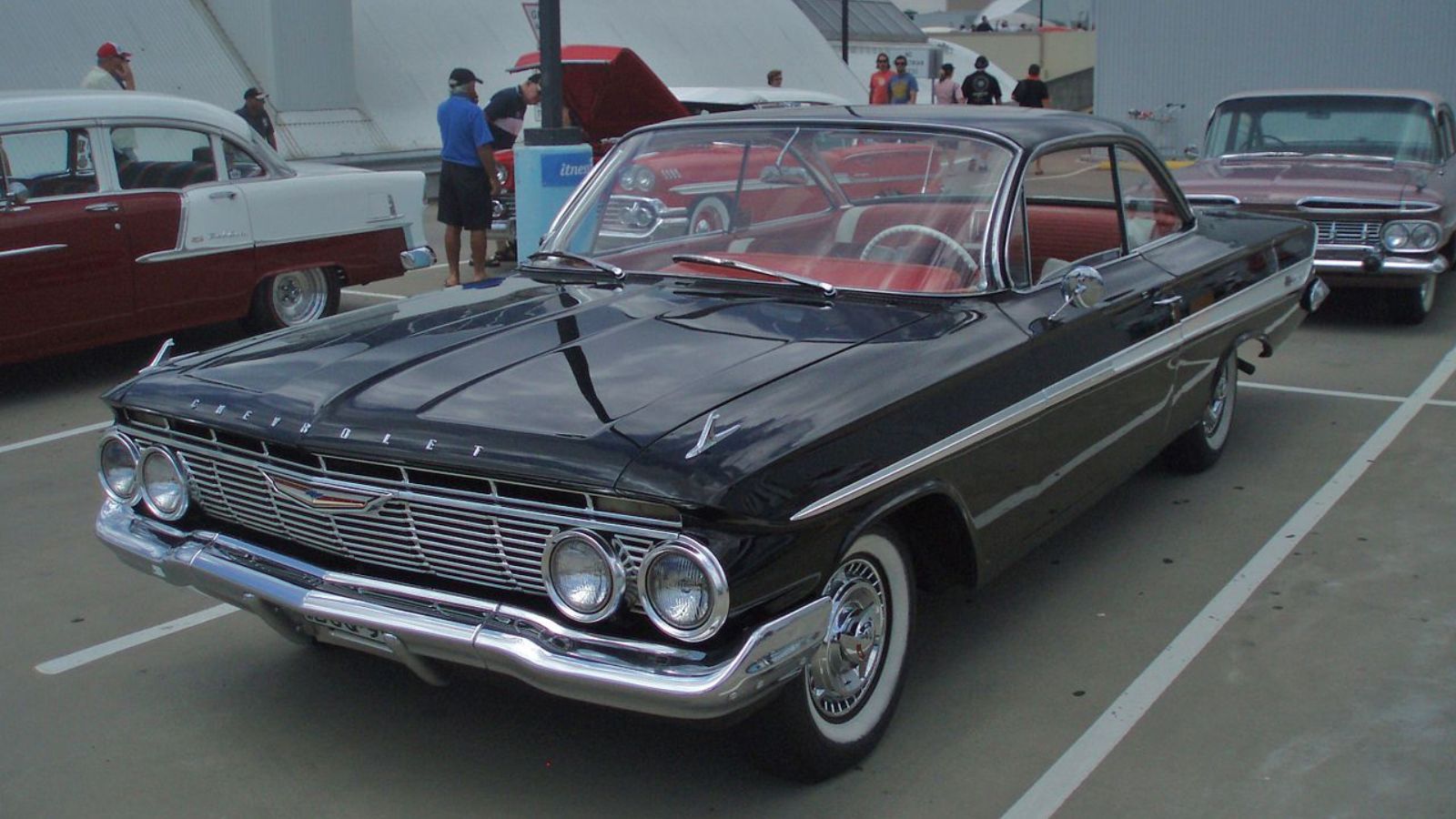
Chevrolet’s Impala SS 409 is often considered the first mainstream American performance car to carry a true big block engine. The 409 cubic inch V8 was initially rated at 360 horsepower but quickly climbed to 425 as Chevrolet refined it. On the drag strip, early testers saw quarter mile times in the mid 14s serious speed for a full-size coupe in the early 60s. The 409 became so famous that the Beach Boys immortalized it in song, making it a cultural icon. Today, a pristine Impala SS 409 can bring anywhere from 70,000 to 150,000 dollars at auction depending on originality and condition. It proved that even family cars could pack muscle.
Pontiac GTO (1964)
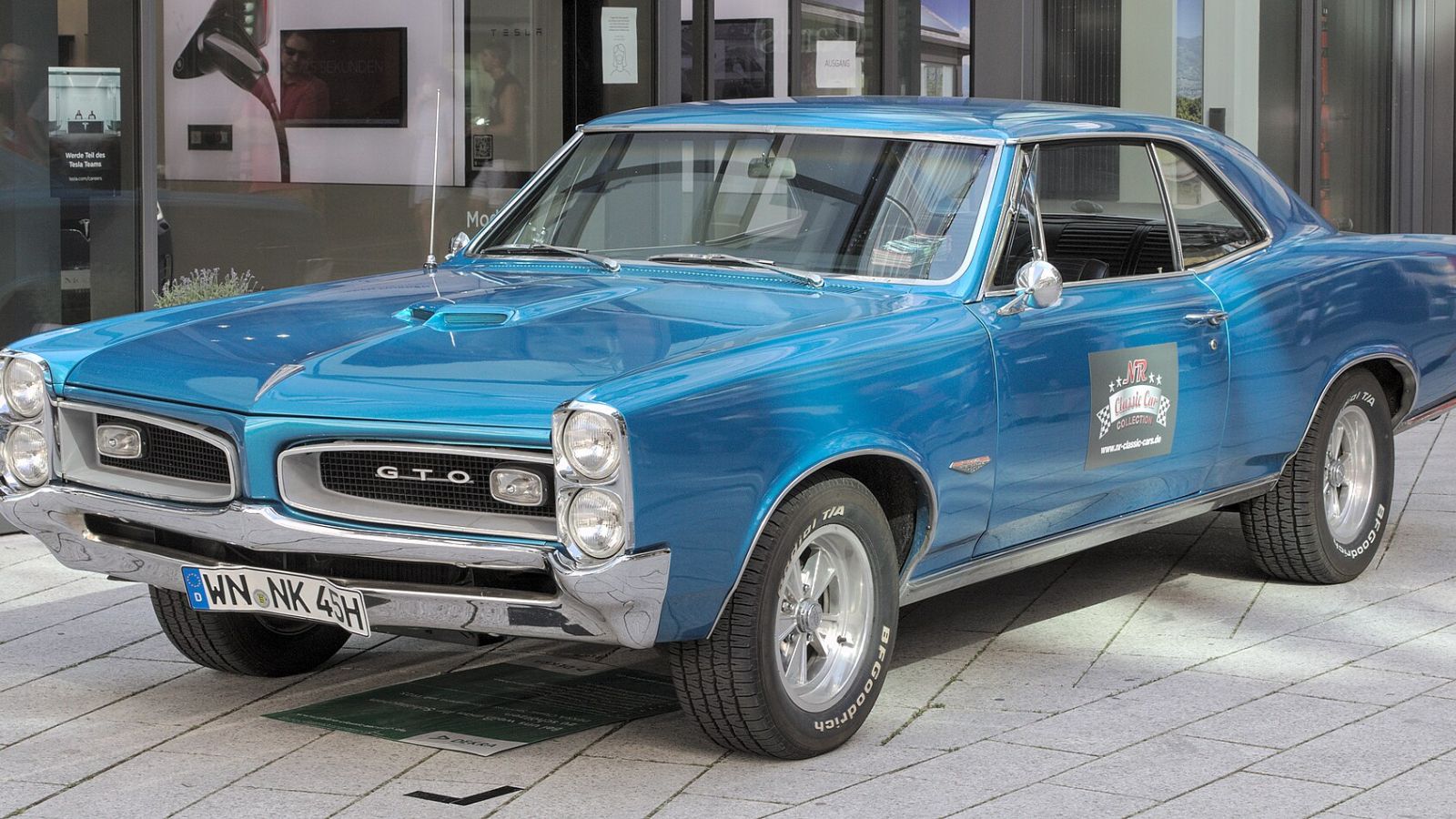
The GTO is widely credited with kicking off the muscle car craze, and while its 389 cubic inch V8 was not the biggest, it counted as a big block in its era. With up to 348 horsepower and the optional Tri-Power carburetors, the GTO could run the quarter mile in the mid 14s, sometimes faster with slicks. More importantly, Pontiac nailed the formula: midsize body, big block engine, affordable price. Collectors today view early GTOs as blue chip muscle cars, with values ranging from 40,000 for decent drivers to well over 100,000 dollars for concours examples. It was the car that set Detroit on fire.
Ford Galaxie 427 (1963)

Ford’s Galaxie might not fit the traditional midsize definition of a muscle car, but in 1963 it set the stage for Ford’s big block era. The 427 cubic inch V8, with dual four barrel carburetors, was rated at 425 horsepower but often made more. These cars were built for NASCAR and drag strips, with some quarter mile times dipping into the high 12s. On the street, the Galaxie 427 was brutally fast, though rare. Collectors prize these cars today, with prices often exceeding 120,000 dollars for genuine R-code 427 models. Without the Galaxie 427, Ford would not have had the confidence to power later icons like the Mustang with big block engines.
Oldsmobile 442 (1964)
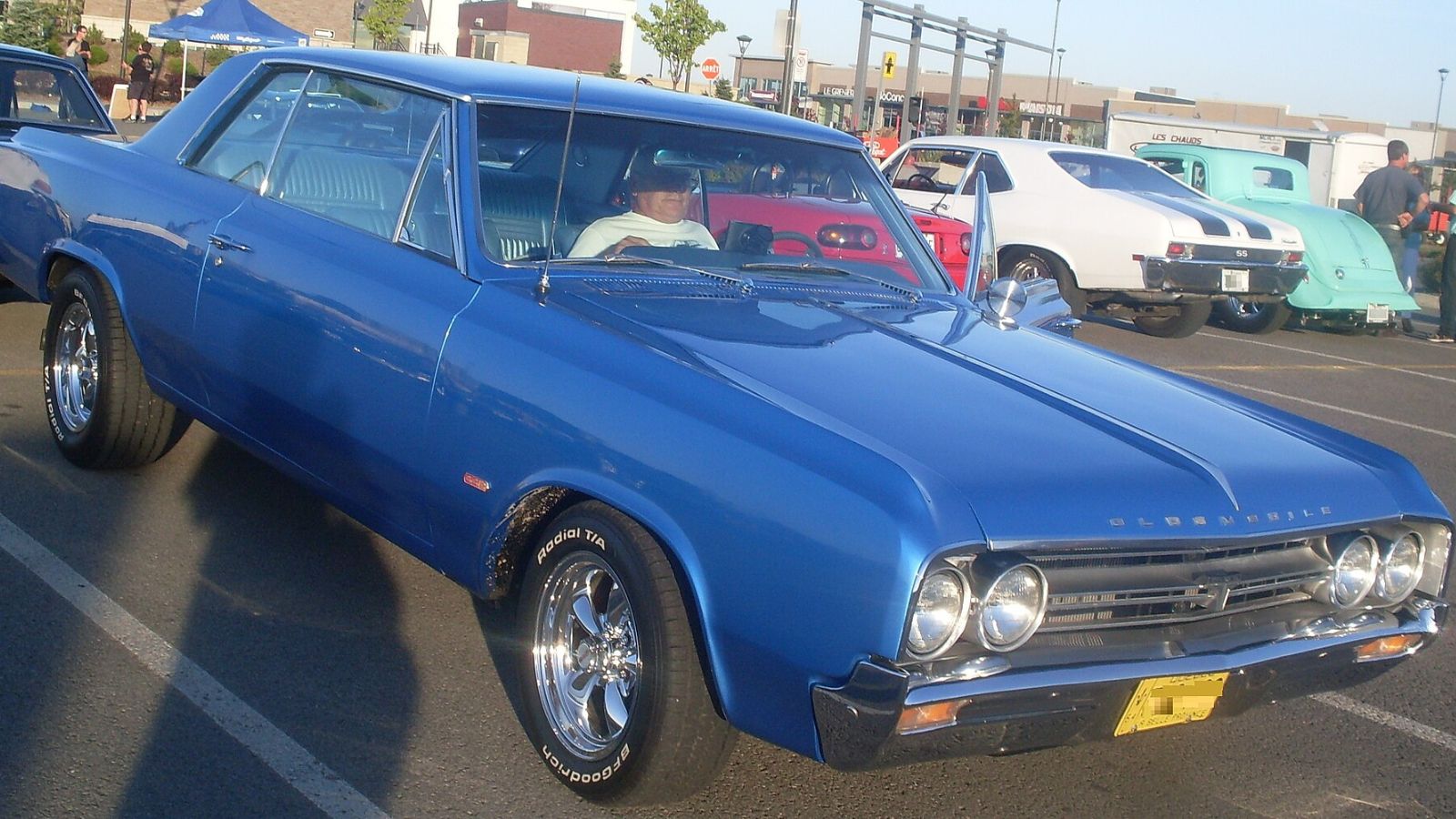
Oldsmobile joined the muscle car wave with the 442, which initially stood for 4-barrel carburetor, 4-speed manual, and dual exhaust. While the earliest models carried smaller engines, by 1965 Oldsmobile stuffed a 400 cubic inch big block under the hood, making 345 horsepower. Quarter mile times hovered around 15 seconds, but tuning unlocked much more. The 442 became Oldsmobile’s performance flagship, a car that could cruise in comfort and still take on challengers at the stoplight. Collectors today value early 442s between 35,000 and 75,000 dollars depending on rarity and options. It was proof that muscle cars could also be civilized.
Plymouth GTX 440 (1967)
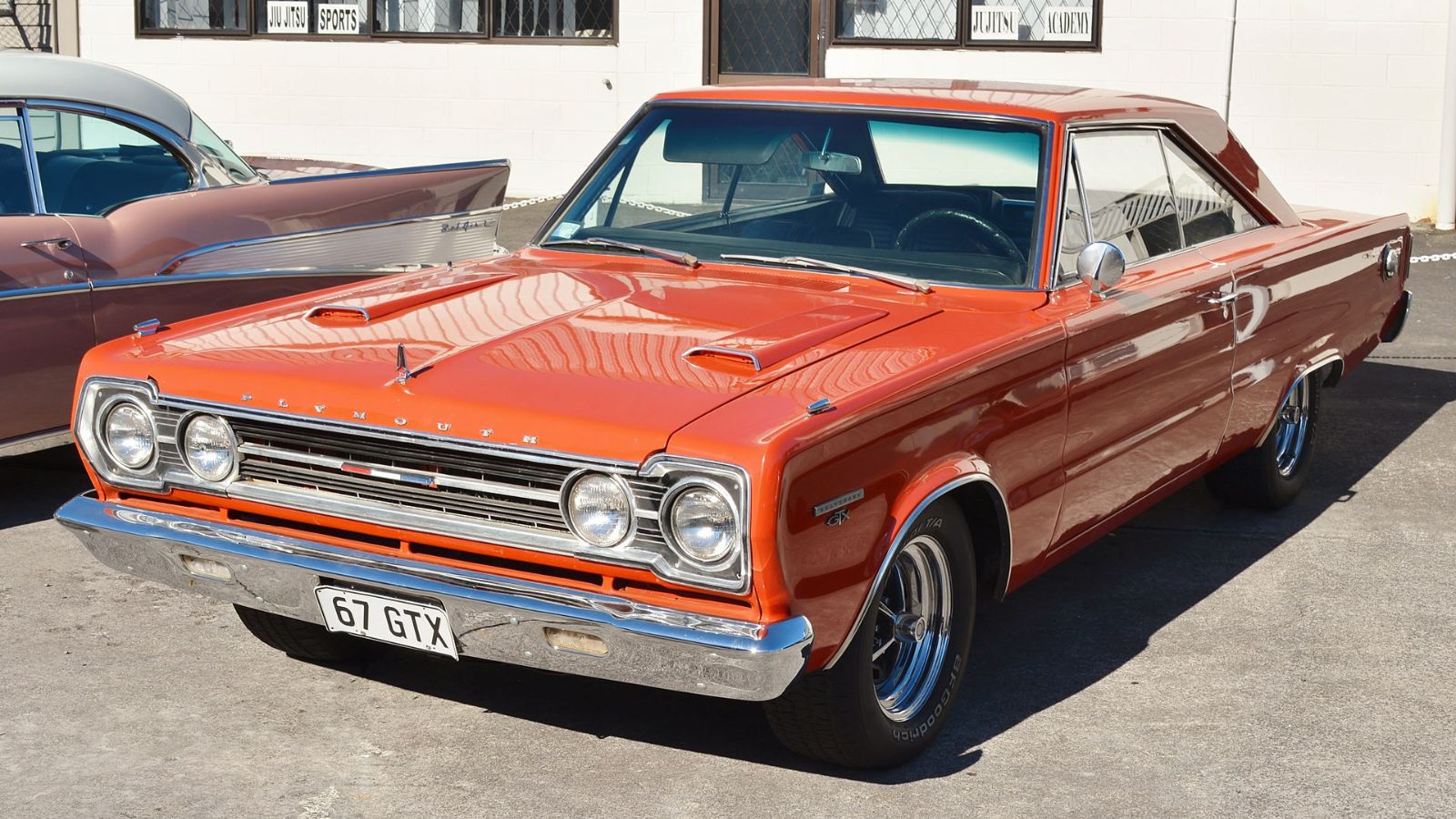
The Plymouth GTX was marketed as the “gentleman’s muscle car,” offering both luxury and brute force. Its 440 cubic inch Super Commando V8 produced 375 horsepower with smoothness and tractability, making it one of the most well rounded big blocks of the era. Quarter mile times in the high 13s were common, and the GTX earned a reputation as both a daily driver and drag strip warrior. Collectors today prize originality, with values ranging from 50,000 dollars for solid drivers to over 100,000 dollars for pristine examples. The GTX solidified Plymouth’s place in the muscle car world alongside the more stripped down Road Runner.
The Legacy of Early Big Block Muscle
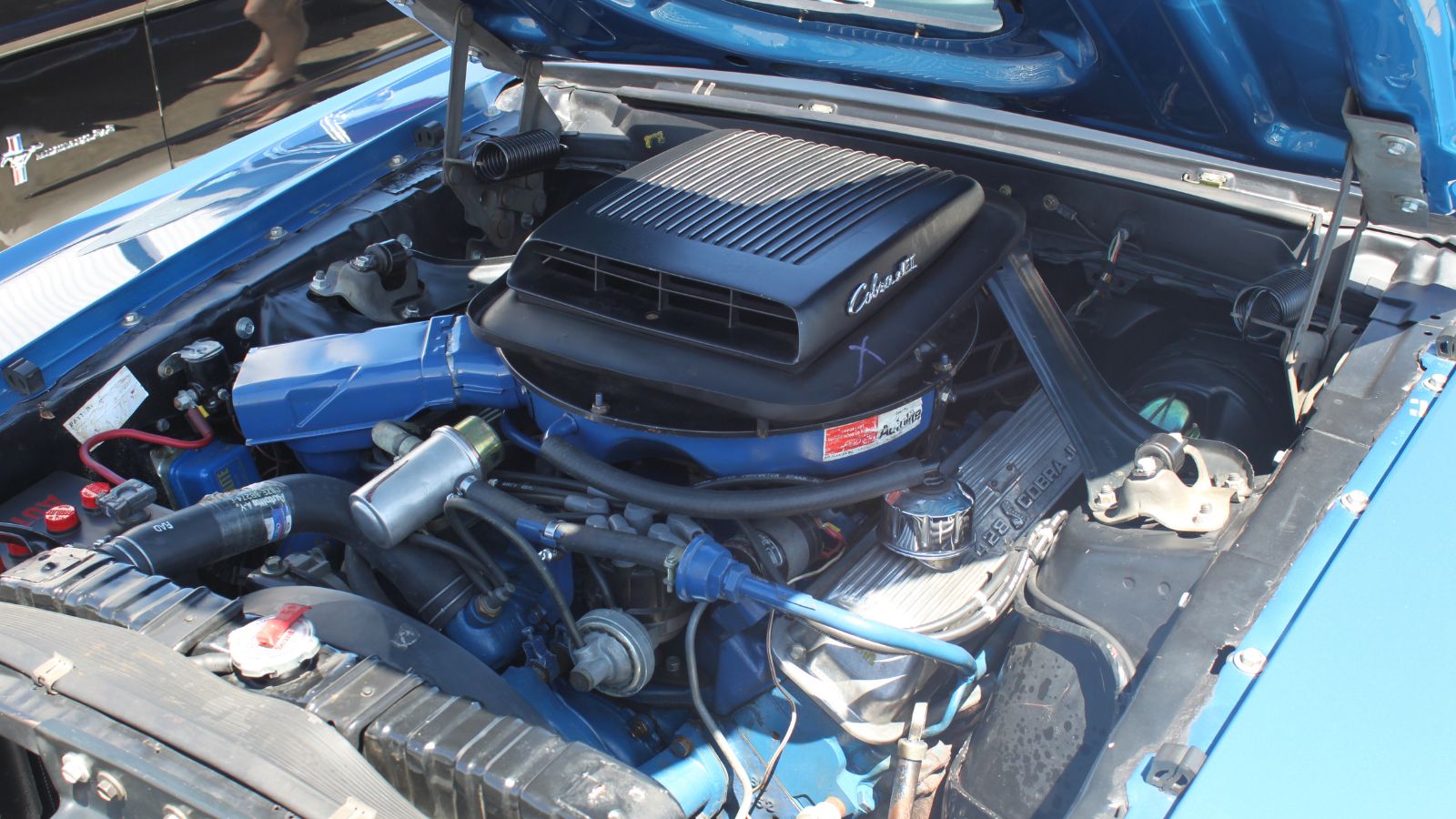
These cars laid the foundation for the golden age of horsepower that peaked in the late 1960s and early 70s. They introduced engines like Chevrolet’s 454, Chrysler’s 426 Hemi, and Ford’s Cobra Jet 428, which pushed performance into the stratosphere. But it was these early pioneers—the Impala SS 409, Pontiac GTO, Chevelle SS396, Galaxie 427, Max Wedge Dodges, Oldsmobile 442, and Plymouth GTX—that proved the formula worked.
Today, they are among the most collectible cars in the world. Their auction prices continue to rise, their performance figures still hold up, and their legacy is written in burnout marks across America. They were the first big block muscle cars, and they remain legends on the road and at the strip.
25 Facts About Car Loans That Most Drivers Don’t Realize

Car loans are one of the most common ways people fund car purchases. Like any other kind of loan, car loans can have certain features that can be regarded as an advantage or a disadvantage to the borrower. Understanding all essential facts about car loans and how they work to ensure that you get the best deal for your financial situation is essential. Here are 25 shocking facts about car loans that most drivers don’t realize:
25 Facts About Car Loans That Most Drivers Don’t Realize
